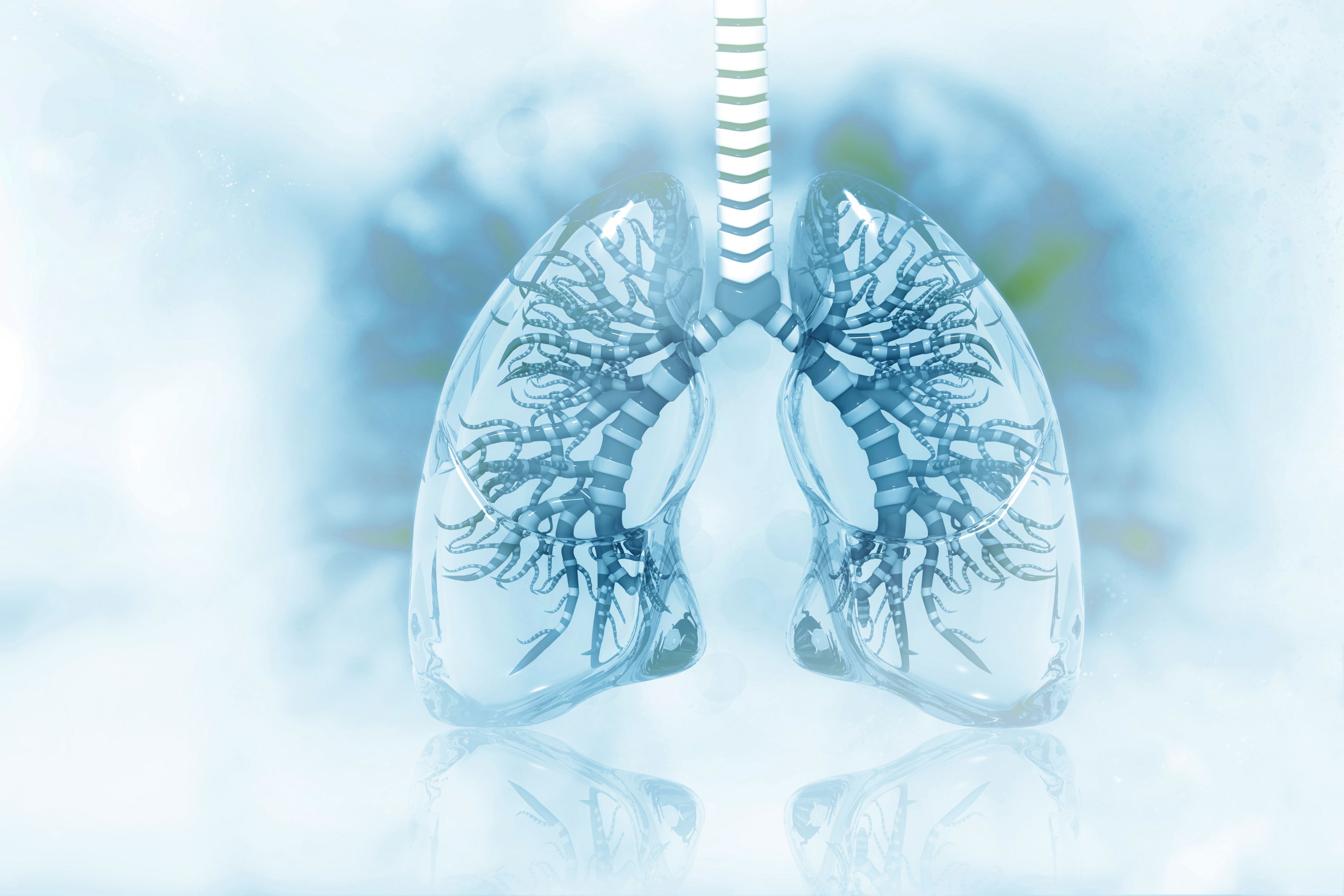News
Article
Combined Chemotherapy and Immunotherapy Improves Outcomes in PAH
Author(s):
An adult patient with pulmonary arterial hypertension (PAH) and metastatic lung adenocarcinoma showed significant clinical improvement when chemotherapy and immunotherapy were added to PAH triple therapy.
Chemotherapy and immunotherapy in conjunction with triple therapy may influence the efficacy of pulmonary arterial hypertension (PAH) treatment and improve clinical status, according to a case report published in Pulmonary Circulation.1
PAH is a rare, progressive condition characterized by narrowing of the pulmonary arteries. Narrowing raises blood pressure in the arteries which in turn causes the heart to work harder to deliver blood to the lungs. PAH symptoms can initially be mild, but the extra effort eventually causes the heart muscle to weaken. In some people, the condition can be life threatening.
The authors described the clinical course of an adult patient who benefitted from a combination of therapies for PAH and lung adenocarcinoma. | Image Credit: © Crystal light - stock.adobe.com

According to the authors, available therapies for PAH may influence quality of life.2 Yet none corrects a key structural alteration—called vascular remodeling—that narrows the pulmonary arteries.
In the current study, the authors described the clinical course of an adult patient who benefitted from a combination of therapies for PAH and lung adenocarcinoma.1 They also discuss biological mechanisms that may have contributed to the efficacy of her treatment.
PAH Treatment Course
A 52-year-old woman with a history of connective tissue disease (CTD)–associated PAH, CREST scleroderma, interstitial lung disease, and ulcerative colitis presented with a chief complaint of shortness of breath, fatigue and bone pain. Prior to the onset of this visit in 2020, she had taken PAH triple therapy for several years.
Her initial workup revealed enlarged mediastinal nodes, bilateral ground glass interstitial opacities with areas of septal thickening, an incidental 4-cm left lower lobe nodular mass, multiple hypermetabolic lesions in the liver (the largest was 2.8 cm with a standard uptake value of 43), and osseous metastatic disease.
Ultrasound-guided biopsy showed poorly differentiated metastatic lung adenocarcinoma (stage 4) with 5% tumor cells expressing PD-L1 and negative for EGFR/ALK gene alterations.
Treating clinicians initially considered pembrolizumab with carboplatin and pemetrexed as first-line therapy. However, concerned that immunotherapy might exacerbate her interstitial lung disease and scleroderma, the patient received only carboplatin and pemetrexed. After the first cycle, which was well tolerated, the clinicians added pembrolizumab to her regimen. She received treatment every 3 weeks.
After 1 month of combined therapies, the patient had no symptomatic concerns. When her 6-minute walk distance improved, she was able to return to work as a teacher.
She improved clinically for another 6 months. Echocardiograms showed improved cardiac output/cardiac index, a normal right atrium size, and mild depressed right ventricular (RV) function. However, she later developed chemotherapy-induced pancytopenia, dyspnea and fatigue. Subsequently, she received only pembrolizumab.
The patient remained on pembrolizumab for another 5 months until treatment had to be discontinued due to pneumonitis. Importantly, the clinicians found no evidence of active malignancy on PET/CT imaging at this time. Moreover, repeated surveillance PET/CT imaging over the next 18 months showed no evidence of cancer reoccurrence or metastatic disease.
She continued on PAH triple therapy, but her disease steadily worsened. Echocardiograms in early 2022 showed severe RV enlargement and moderately depressed RV function. The patient passed away in September 2022 from acute chronic respiratory failure and severe right-sided heart failure.
Biological Mechanisms May Influence PAH Status
According to the authors, pulmonary artery smooth muscles cells (PASMCs) share biological characteristics with tumor cells. Mechanisms that contribute to plexiform lesions and multiple other cell types in PAH may overlap with mechanisms that contribute to neoplastic lesions in malignancy, they suggested.
Autopsy results revealed severe PASMCs hypertrophy and interstitial lung disease. There was, however, no evidence of pulmonary thromboembolism, infectious pneumonia, residual primary or metastatic disease, or lymphangitic carcinomatosis.
On the other hand, lung tissue biopsies showed fibrous occlusion of the pulmonary vein, indicating pulmonary veno-occlusive disease (PVOD), a rare subtype of pulmonary hypertension. The authors theorized that the combination of chemotherapy and immunotherapy may have worsened the patient’s PAH by inducing PVOD.
Additionally, they noted that FOX01 transcription factor increased during the time period when she experienced improved pulmonary function. The authors hypothesized that reverse remodeling modulated by FOX01, as seen in cancer cells, may also be present in PASMCs.
Lastly, they speculated that this particular patient may have had underlying PVOD associated with her diagnosis of scleroderma. Thus, combined chemotherapy and immunotherapy could have halted disease progression while its withdrawal exacerbated her condition.
The authors stressed it is difficult to delineate the individual roles of these antineoplastic therapies on CTD-associated PAH due to the combined nature of chemo- and immunotherapy.
“Still, this report suggests that combined chemotherapy and immunotherapy may influence the efficacy of PAH therapies and improve clinical status,” they concluded. “Future clinical investigation is warranted.”
References
1. Reddy TP, Barrios R, Bernicker E, Quin W, et al. Use of combined chemotherapy and immunotherapy improves pulmonary arterial hypertension. Pulm Circ. 2024;14(3):e12426. doi:10.1002/pul2.12426
2 Humbert M, Sitbon O, Guignabert C, et al. Treatment of pulmonary arterial hypertension: recent progress and a look to the future. Lancet Respir Med. 2023;11(9):804-819. doi: 10.1016/S2213-2600(23)00264-3




